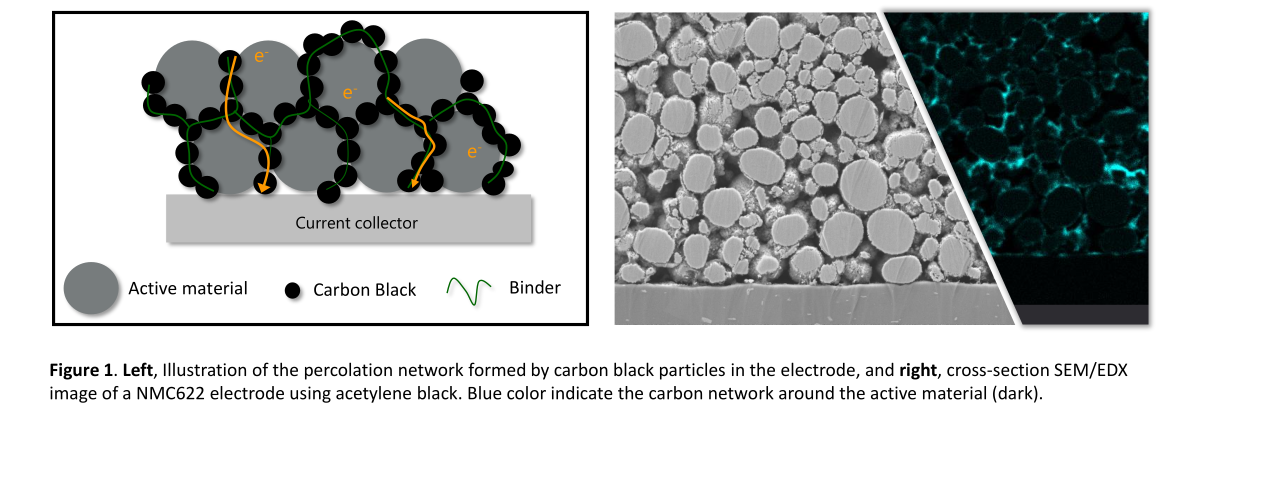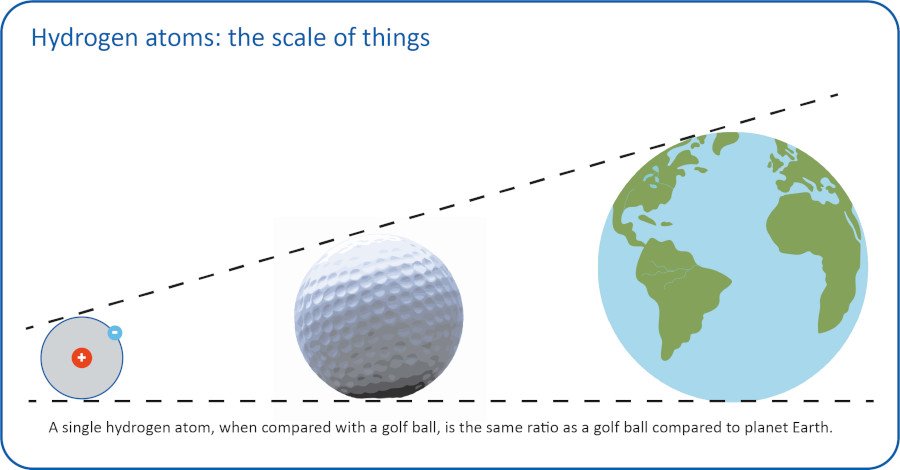Future EV Technologies and Why Collaboration is Key
The UK government has ruled that, by 2030, it will ban the sale of cars which run on diesel or petrol. This decision is hoped to spark the market for electric cars and enable the UK to achieve its climate targets, including reducing emissions of greenhouse gases to net zero by 2050.
However, with the present disparity in access to EV charging points across the UK it is hard to see how, in under a decade, a nationwide transition to an electric society will be feasible without significant governmental incentivisation. What is clear also is that, if this is to be achieved, there needs to be a clear way of addressing the potential problem of grid overload – ensuring that after-work hours when workers return home and charge their vehicles do not oversaturate energy supplies.
When electric vehicles first became mainstream, the main concern was with accessibility to charge points: how do we ensure that users will be able to charge their vehicles as and when they please, and how do we make them as user-friendly as possible? The focus was typically on the consumer, and making a product that was as simple and effective as possible.
However, as EV adoption has increased, so too have the potential problems that arise when there are tens of thousands more people using the grid at the same time. The need for software solutions has become as important as hardware, and not just for the end-user but for energy efficiency too.
When we at Charge Amps introduced the Charge Amps Aura in 2019, we knew we wanted it to look sleek, to look like something that people would be proud to have outside their homes or businesses, which is why we drafted in industrial designer Joachim Nordwall, former lead designer for sports car manufacturer Koenigsegg, to design it. However, the need for a complete associated cloud solution and the option to use Charge Amps Cloud or another cloud service was also vital for us at this time, helping to facilitate integration for companies, housing cooperatives, and end users.

The ascension of vehicle-to-grid charging is an especially exciting development. We are increasingly seeing how, in the future, the electric car will serve not only as a vehicle, but also as energy storage – something we, and other charging providers, are capitalising on as a way to reduce the strain on the power grid and, in doing so, reduce emissions as well.
In an increasingly electrified world, we need innovative solutions such as these in order to effectively lower our carbon footprint. Multi-functional chargers that allow for load-balancing and scheduling mean that charging EVs are cheaper for end users as well as kinder to the planet. OCPP-compatible cloud services mean that end consumers have far more control over their energy usage, including scheduling, load balancing, or adding payment functions.
The pace at which the EV industry is moving is incredible, and as such both consumers and suppliers must be willing to embrace change. As such, integration is key for us. Older models of EV chargers should not be rendered obsolete by software advancements, which is why providing an all-in-one integrated system is so important for our products. Indeed, compatibility across the board is vital if EVs are to become the primary mode of transport for Britons, which is why cross-brand collaboration and energy sharing is so important.
In that vein, we must adapt to changes in renewable energies, and not rely solely on electricity. As such, all our new chargers are solar-power compatible when linked to a Charge Amps Amp Guard, meaning that users can charge their car using electricity from their own photovoltaic cells without having to buy electricity from the grid, which makes it both environmentally friendly and cost-effective.
By creating their own ecosystem, users can utilise self-produced energy from their solar panels and with it they can charge the car using their own, renewable and sustainable electricity. This means that users can set up their chargers to make use of solar energy during the daytime, then automatically switch to regular charging during the night – which equally helps alleviate pressure on the grid. For the end-user, this means that smart charging is the smart choice.
It is worth noting that we do not produce these solar panels ourselves, rather we have made our tech adaptable to external partners and systems. As mentioned, this is core to our belief that a sustainable future must be ushered in through collaboration and agility.
The global push towards sustainability must be exactly that – global. With competition watchdogs ensuring that monopolies are not formed in almost every industry, coalition and collaboration is of the utmost importance if the electric revolution is going to take off. Competing companies are all working towards a common goal – a greener future.

Ultimately, the e-mobility revolution is going to be powered by three things: sustainability, ease-of-use, and cost benefit for the end user. It is our job as providers to ensure that the transition from ICE vehicles to electric is as seamless as possible, providing incentives for users to make the switch. In doing so, we are empowering customers in the UK to reduce their overall carbon emissions, and ensuring a greener, cleaner future for us all.
Paul Routledge, Regional Director at charging solutions provider Charge Amps







